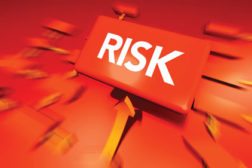Home » safety training
Articles Tagged with ''safety training''
Active vs. abstract learning
Focused, hands-on & engaging training develops tech skills
March 4, 2014
From Vivid Learning Systems
Strategic Planning for Annual Safety Training
You can't improve the future without understanding the past
February 19, 2014
Advertisement
Integrate JSAs with training, documenting, reporting & auditing
January 28, 2014
Get our new eMagazine delivered to your inbox every month.
Stay in the know on the latest safety trends.
SUBSCRIBE TODAYCopyright ©2024. All Rights Reserved BNP Media.
Design, CMS, Hosting & Web Development :: ePublishing






